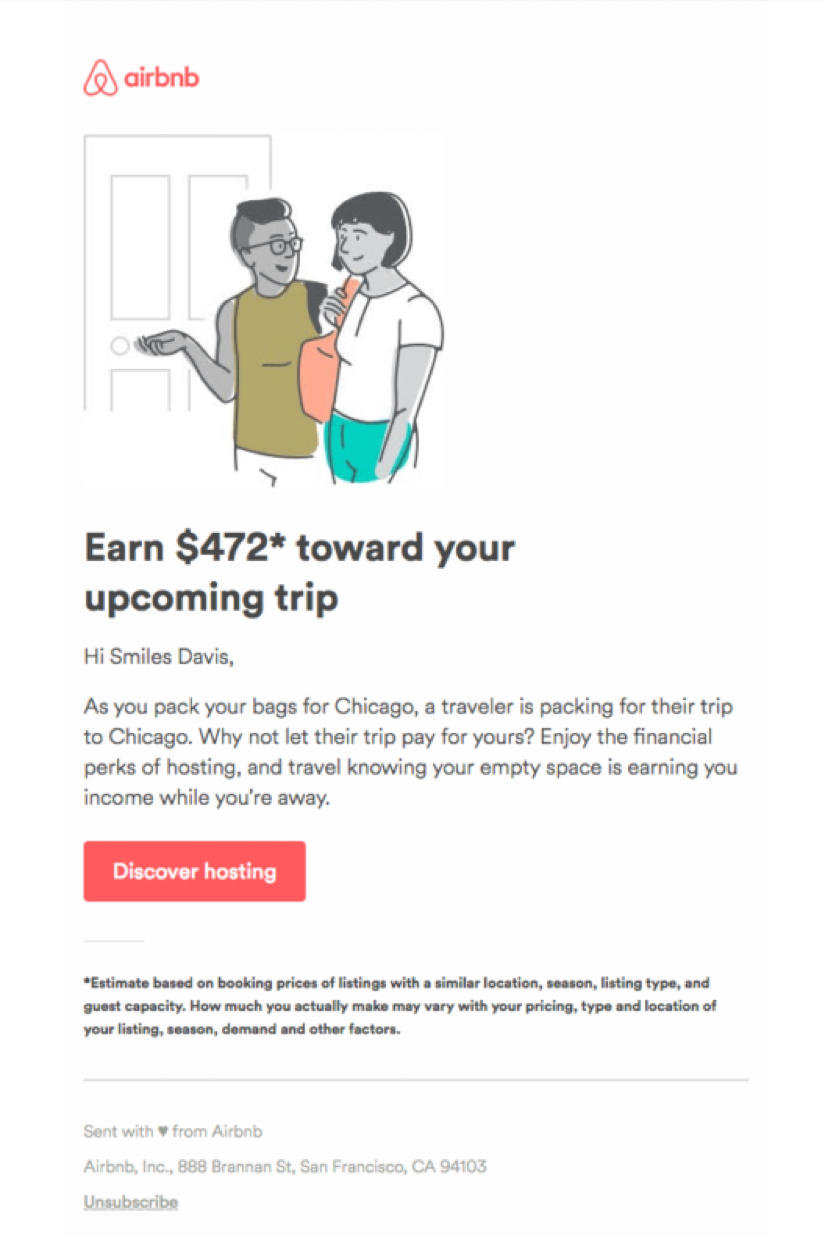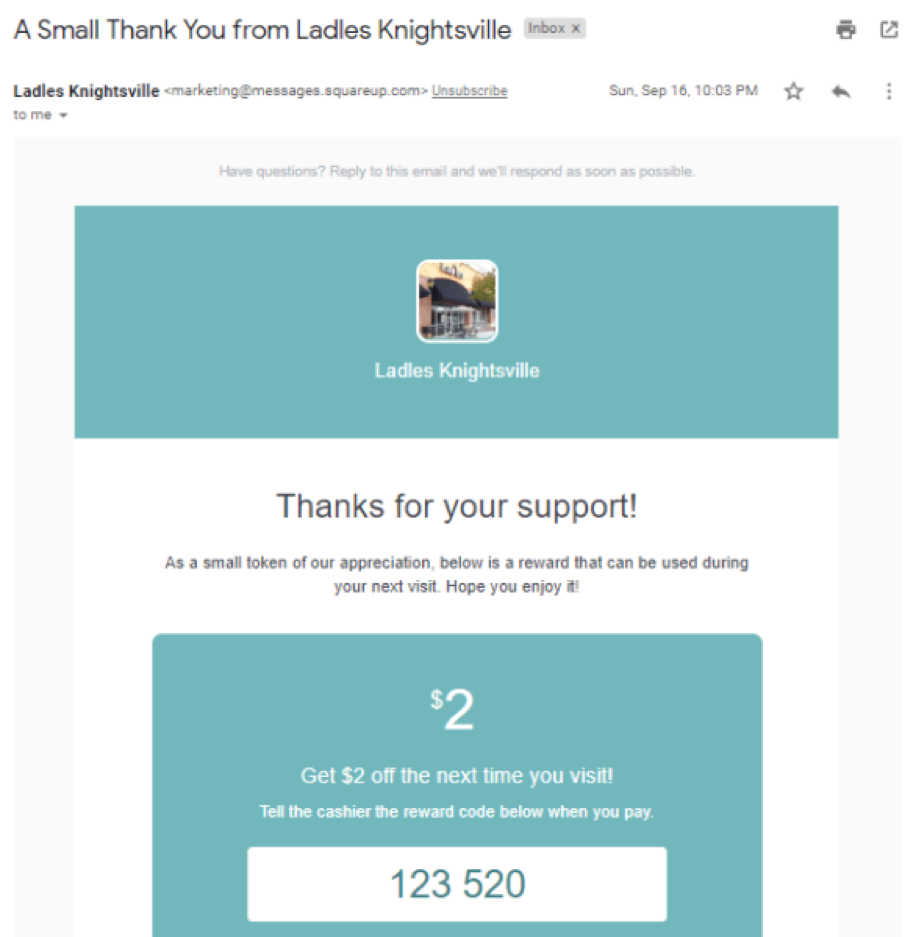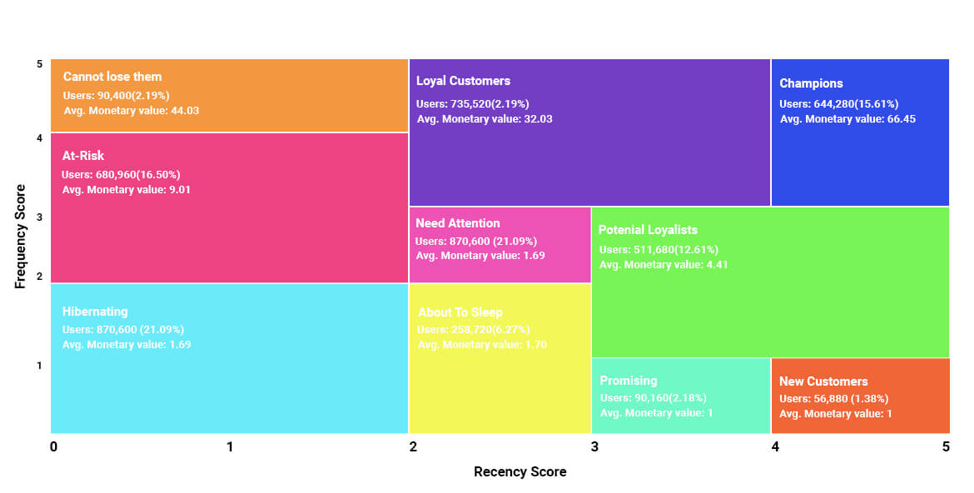Businesses must precisely meet their customers' demands to succeed and achieve a competitive advantage. More than just commodities must be personalized to meet demand; businesses must effectively target their marketing communications to win the digital sweepstakes. In the age of targeting and personalization, broadcasting conventional messages to customers will not suffice. The answer is to harness the potential of customer segmentation and personalization to offer communications targeted at your subscribers' specific requirements. A successful approach starts with customer segmentation, a critical step that no mobile marketer can afford to overlook.
But, what exactly is customer segmentation?
Customer segmentation is the process of categorizing your customers according to shared features. This technique is used in conjunction with a range of variables, including demographic, psychological, psychographic, and geographic data. Segmenting your consumer base enables you to pinpoint the unique demands of each category and send the most effective marketing messages. Additionally, segmentation enables marketers to maximize their limited budgets by developing distinct marketing tactics for each category.
How can segmenting your customers help grow your business?
- Personalized offerings: Businesses can target neglected groups to surpass competition via the development and provision of unique products, offerings, and experiences.
- Enhanced customer retention: By identifying your consumers' demands, you can provide an enticing reason for them to revisit. Credible re-engagement messages have been shown to improve customer loyalty, retention, and repeat purchases significantly.
- Effective communication: Clustering customers into segments based on mutual traits enables you to pinpoint the precise message that will persuade them to make purchases.
- Drive-up customer experience: Segmentation is critical for personalizing the customer experience. You can create an enhanced connection with your brand when you understand and respond to your audience's micro-moments. This lays the groundwork for the eventual favorable impact of consumer segmentation.
- Reduced Churn: Careful customer segmentation enables your organization to devote all of its resources to providing what your consumers need, and pleased customers are less likely to churn. Personalized product recommendations, feature updates, and communication help reduce the churn rate.
Although a business can segment its overall audience using an infinite number of factors, a few strategies are most often employed for customer segmentation by new businesses in 2022.
Demographic segmentation

Demographic data is a frequently used method of segmenting clients. Demographic segmentation is the process of segmenting the consumer market according to factors such as gender, age, income, religion, language, culture, nationality, etc. Most marketers use demographic segmentation over segmenting customers based on intangible criteria such as opinions and attitudes, since collecting and evaluating this data is simpler.
Geographic segmentation

Geographic segmentation is the process of dividing customers according to their location. Geographic segmentation can also be based on criteria such as weather, city area, rural or urban area size, and kind of scenery. By customizing your messages and products to the native customs, you increase the likelihood of piquing your customers' interest. This enables businesses to ascertain the types of products that are beneficial or essential in certain sectors. Understanding your customers' regional segmentation logically allows you to advertise your product effectively.
Behavioral segmentation

Behavioral segmentation is the analysis and segmentation of consumers based on their behavioral patterns - how they engage with your business. Customer behaviors may include brand loyalty, paying full price for products or living on a tight budget; repurchases or first-time consumers; and customers who are ready to buy or compare to what they've seen elsewhere. Additionally, customers segregated using this technique might be classified according to how they utilize the product or service or the degree to which they use it. Analyzing your consumers' behavioral patterns might assist you in marketing your product in novel methods that generate the most incredible traction.
Benefit-based segmentation
Benefit segmentation is a technique for fragmenting your audience that entails dividing your market according to the perceived value or perks that customers feel they will obtain from your product. Categorizing customers based on the value or advantage they receive from your product is another way to group your customers. Appealing your customers with offers, benefits, and upgrades can give you the leverage you need to convert them. To provide them with the final push to buy the product, you must first understand their journey with your brand. By understanding their decision-making process and incentivizing the purchase, you encourage them to buy your product.
RFM-based segmentation
 RFM analysis is a data-driven technique for segmenting clients that allows marketers to make tactical decisions. RFM segmentation will enable marketers to interact with particular groups of customers in ways that are much more relevant to their behavior. Additionally, it helps marketers swiftly segment and categorize individuals into homogeneous groups and target them with unique and personalized marketing techniques. RFM is an acronym for Recency, Frequency, and Monetary value, each of which denotes a distinct key customer feature. These RFM indicators are critical indicators of a customer's behavior since the frequency and monetary value affect a customer's lifetime value, while recency affects retention. The RFM variables demonstrate the following points:
RFM analysis is a data-driven technique for segmenting clients that allows marketers to make tactical decisions. RFM segmentation will enable marketers to interact with particular groups of customers in ways that are much more relevant to their behavior. Additionally, it helps marketers swiftly segment and categorize individuals into homogeneous groups and target them with unique and personalized marketing techniques. RFM is an acronym for Recency, Frequency, and Monetary value, each of which denotes a distinct key customer feature. These RFM indicators are critical indicators of a customer's behavior since the frequency and monetary value affect a customer's lifetime value, while recency affects retention. The RFM variables demonstrate the following points:
- Recency - A buyer who has recently made a purchase is more sensitive to incentives.
- Frequency - The more often a customer purchases, the more engaged and satisfied they are.
- Monetary - A purchase's monetary value differentiates high-spending folks from low-value customers.
With Wigzo, you can easily create successful customer segments based on recent purchases, frequency of purchases, and monetary values. You can increase your return on investment with laser-targeted campaigns and improve your cash flow bottom line through greater client retention. Wigzo offers smart customer segmentation automatically based on your customer data. Additionally, you may define unique criteria to classify your customers based on their most recent purchase, frequency of purchases, and transaction spend.
Takeaway
After determining the target market, customers are more likely to buy your goods and services. Segmentation strategies enable a business to segment its customers further. Consumer segmentation demonstrates your brand's commitment to the customer and helps you serve them more effectively. It boosts conversions, ensures the effectiveness of your marketing efforts, and aids in establishing long-lasting customer connections. These customer segments share one or more attributes. The person is responsible for marketing businesses crafts a personalized plan for effectively reaching these targeted demographics using this information. By more successfully satisfying customers' needs and requirements, segmentation helps firms build ties and loyalty with them.
While the strategies discussed here will aid you in organizing your segments, once they are established, you must monitor and guarantee that your product stays relevant to the segments. Consumer segmentation demands ongoing research to ensure that your products remain relevant.
